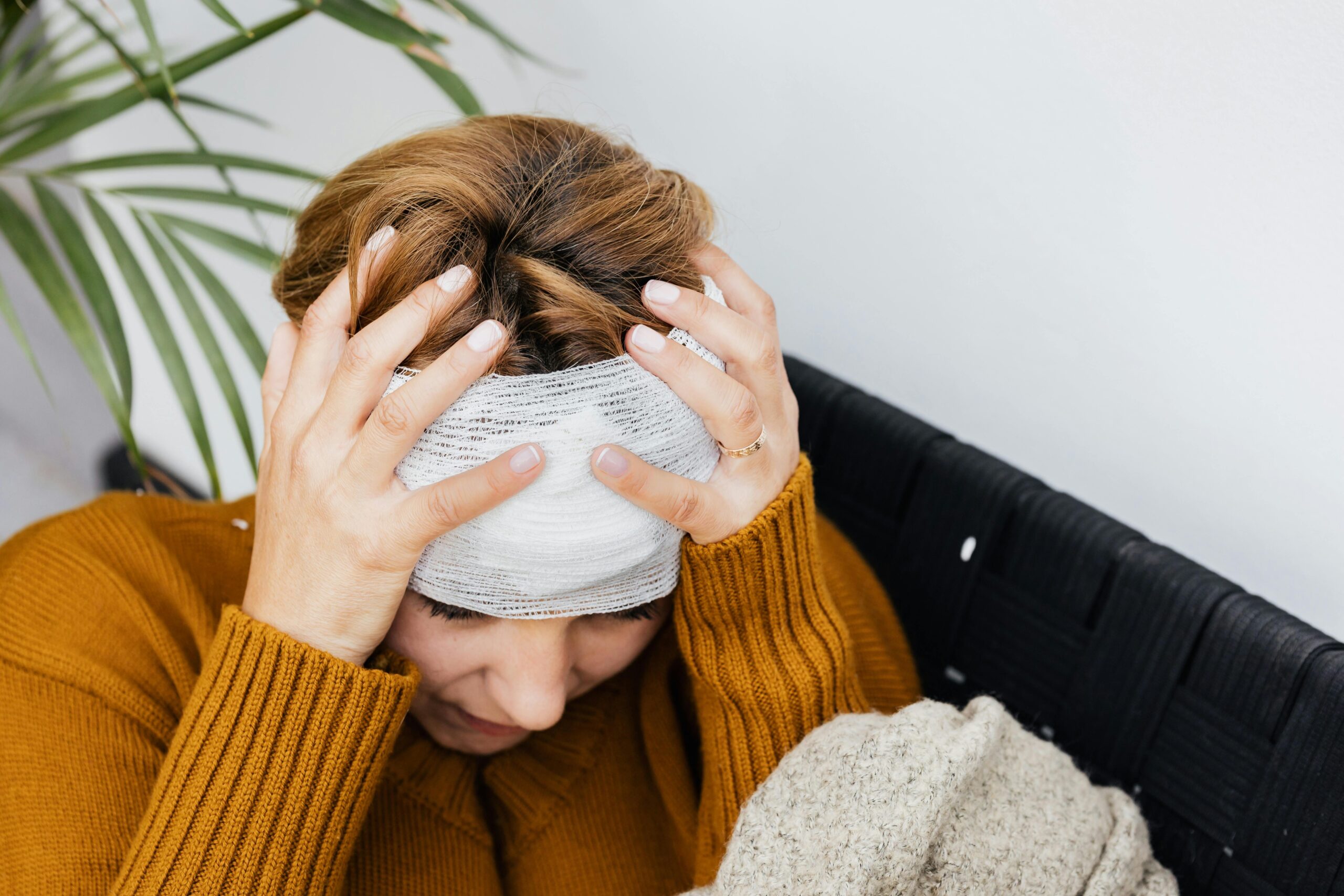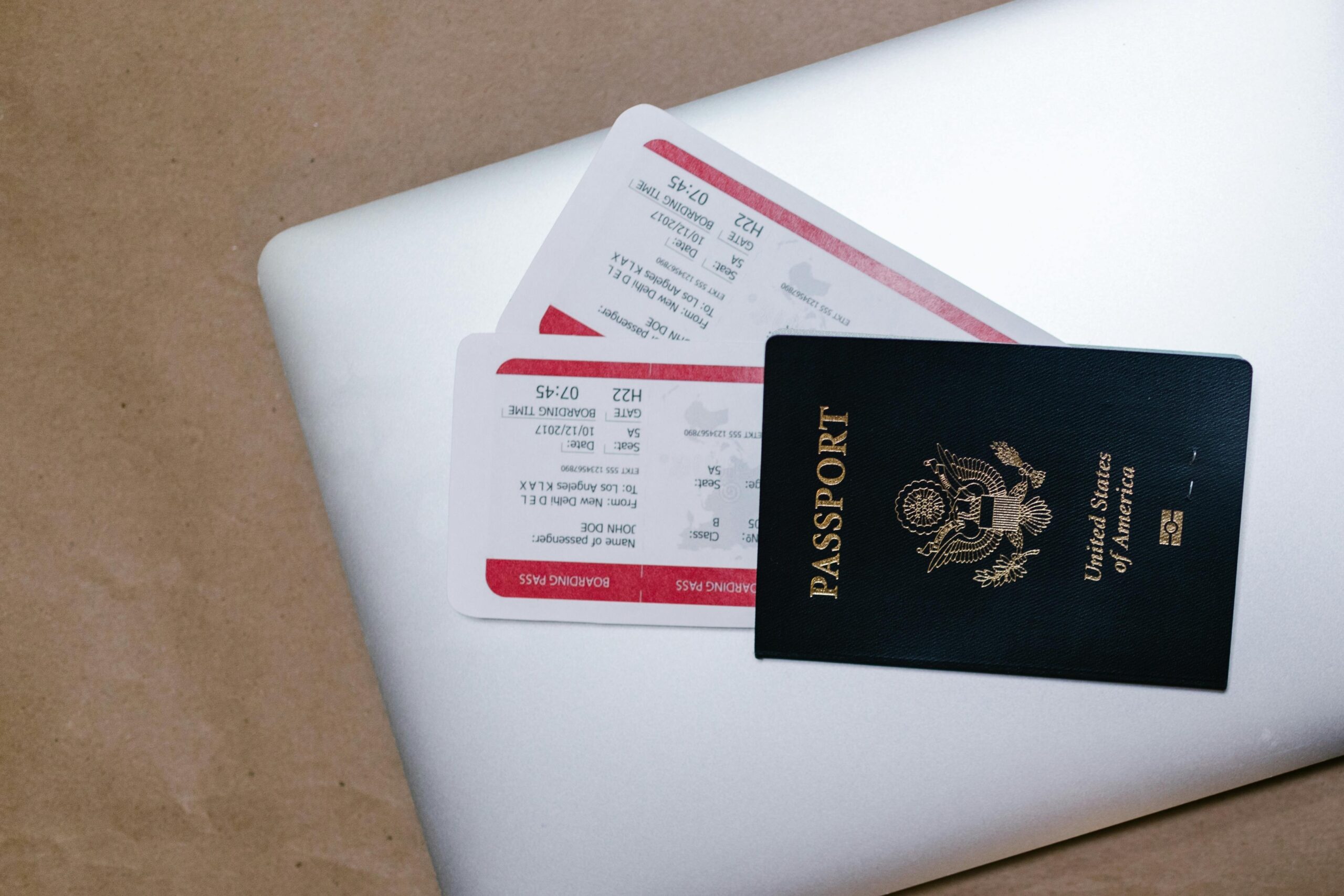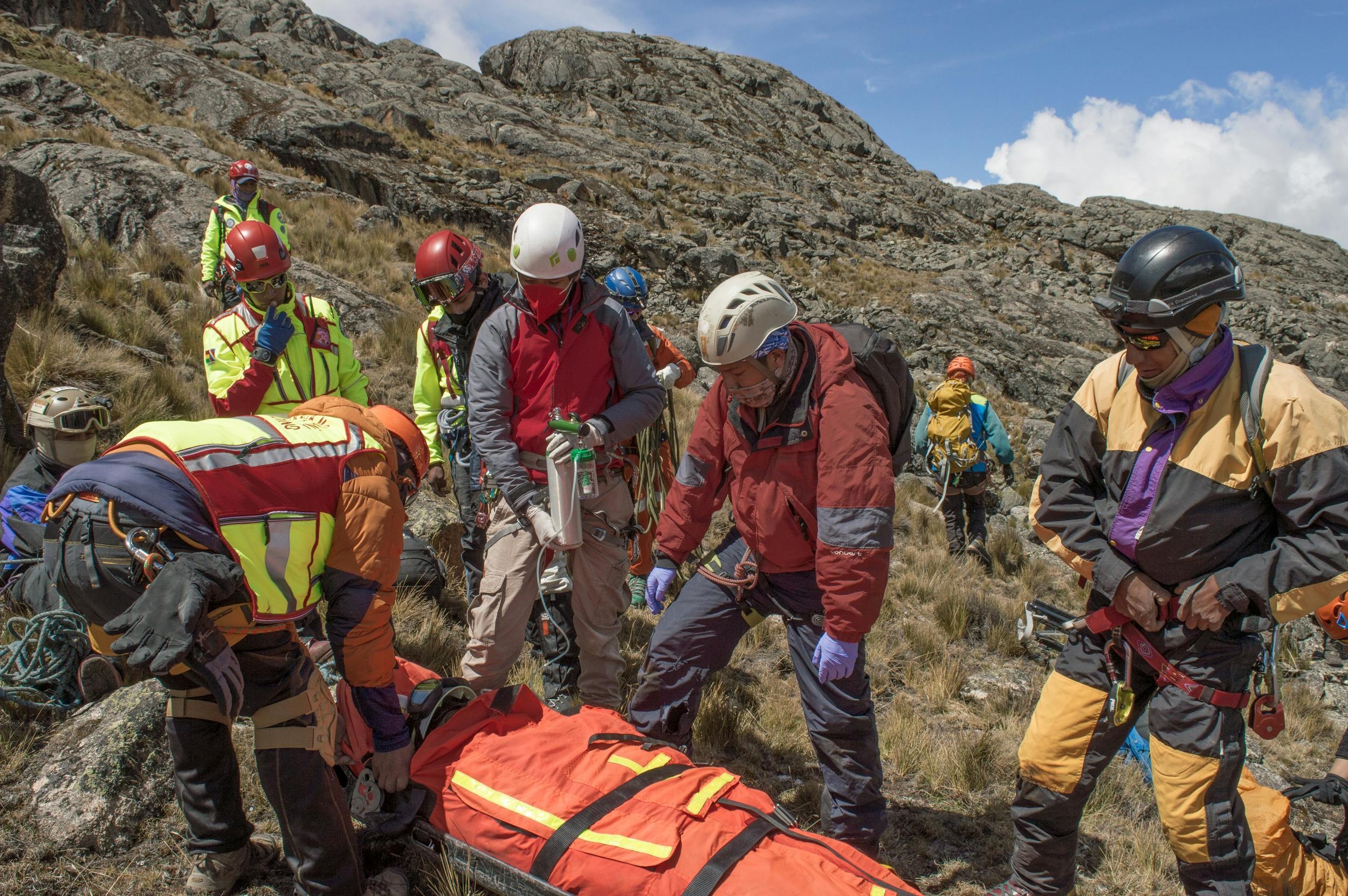“Ever felt the rush of climbing a mountain, only to realize you forgot your helmet? Yeah, your head isn’t invincible.”
Mountain safety is more than just an adventurous buzzword. It’s about protecting yourself while embracing the outdoors—whether hiking for health or climbing for weight loss. But here’s something no one tells you: A good climbing helmet can literally save your life (and keep you on track with your goals). In this post, we’ll explore everything from choosing the right gear to understanding why so many climbers overlook one of their most critical tools.
- Key Takeaways
- Why Mountain Safety Matters for Everyone
- How to Pick the Perfect Climbing Helmet
- Best Practices for Staying Safe in the Mountains
- Real-Life Mountain Mishaps and Lessons Learned
- Frequently Asked Questions About Mountain Safety
Key Takeaways:
- Climbing helmets are essential for both seasoned adventurers and beginners.
- Investing in quality head protection minimizes risks during hikes and climbs.
- Properly fitted helmets boost confidence and enhance focus on fitness goals like weight loss.
- Ignoring safety can derail not only your trip but also long-term wellness plans.
Why Mountain Safety Matters for Everyone

According to the American Alpine Club, over 60% of reported climbing accidents involve some form of head injury. That shocking stat hits hard, doesn’t it? And if you think “beginner mistakes” won’t apply to you, guess again. Even experienced climbers sometimes shrug off wearing proper protective gear. Trust me—I once went on a solo hike without my helmet because I thought, “What’s the worst that could happen?” Spoiler alert: A loose rock nearly gave me a concussion.
For those blending fitness routines with outdoor exploration, ignoring safety could sabotage more than just your climb. Imagine being stuck at home recovering instead of hitting your next summit. Ouch. Not exactly great for weight loss motivation!
How to Pick the Perfect Climbing Helmet

Finding the best helmet feels overwhelming—but don’t sweat it. Let’s dive into our step-by-step guide:
Step 1: Determine Your Needs
Optimist You:* “Any helmet will work!”
Grumpy Me:* “Nope. There are sport-specific designs.” For mountaineering, look for durability. For rock climbing, prioritize ventilation. Want lightweight? Go for foam-core models. Do your homework.
Step 2: Check Fit and Comfort
A snug fit is a must. Adjust straps until they sit securely without pinching. If possible, visit a store to try before buying—you’ll thank yourself later.
Step 3: Review Certifications
Your helmet should meet industry standards like CE EN 12492 or UIAA certifications. These ensure it’s designed to absorb impacts effectively. Don’t cheap out here; this is brain protection we’re talking about.
Best Practices for Staying Safe in the Mountains
- Always pack extra layers—it gets cold up there!
- Carry first aid supplies, including painkillers and bandages.
- Tell someone where you’re going and when you plan to return. Seriously, do it.

Pro Tip: Avoid alcohol before ascending. Sounds obvious, right? Yet tons of hikers ignore this rule every year. The last thing you want is impaired judgment combined with uneven terrain.
Terrible Tip Alert: One bad piece of advice floating around? “Helmets aren’t necessary unless you’re tackling extreme routes.” Wrong. Even easy trails pose hazards like falling branches. Stay smart.
Real-Life Mountain Mishaps and Lessons Learned
Last summer, Sarah—a fitness enthusiast aiming to shed pounds via weekend hikes—nearly quit altogether after slipping and hitting her unprotected forehead. She now swears by her Petzl Sirocco helmet, claiming it gave her peace of mind to push harder. Stories like hers remind us why gear matters.
To dig deeper, check out these resources:
American Alpine Club and
Outside Online’s Gear Reviews.
Frequently Asked Questions About Mountain Safety
Do I really need a helmet for casual hikes?
Yes. Tree branches, loose rocks, and other hazards exist even on gentle slopes.
Are expensive helmets worth it?
Absolutely. They often feature better materials, comfort, and longevity. Treat your noggin nicely.
Can I use a bike helmet instead?
No. Bike helmets lack coverage and impact resistance suitable for climbing terrains.
Conclusion
Mountain safety starts with preparation—and a reliable climbing helmet tops the list. Protecting your head ensures you stay active, achieve your weight loss goals, and enjoy countless adventures ahead. Remember: You’ve got one brain; treat it well.
Like a Tamagotchi, your mountain prep needs daily care.
Don’t forget the basics—they save lives.* 👟
